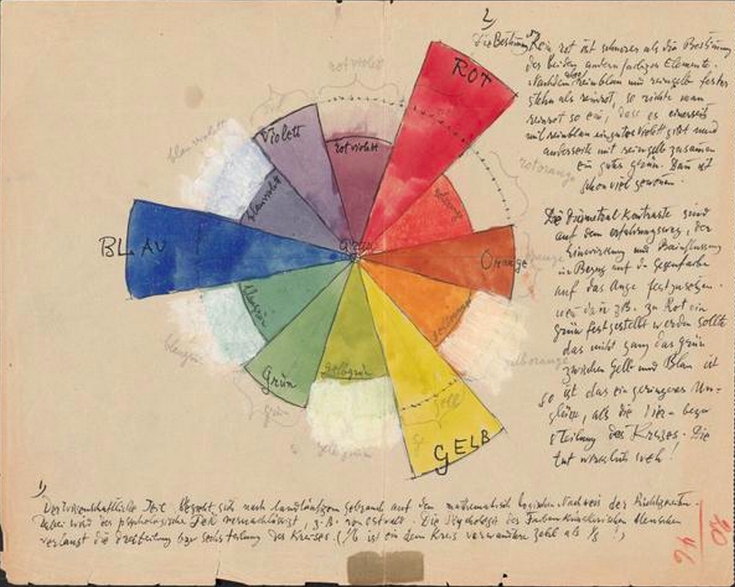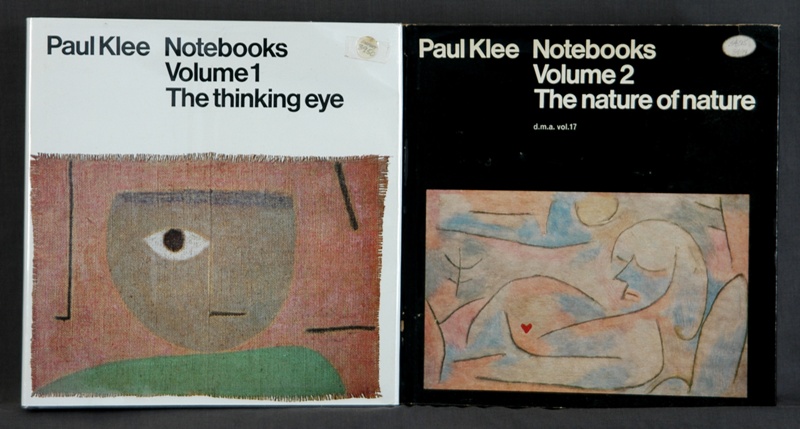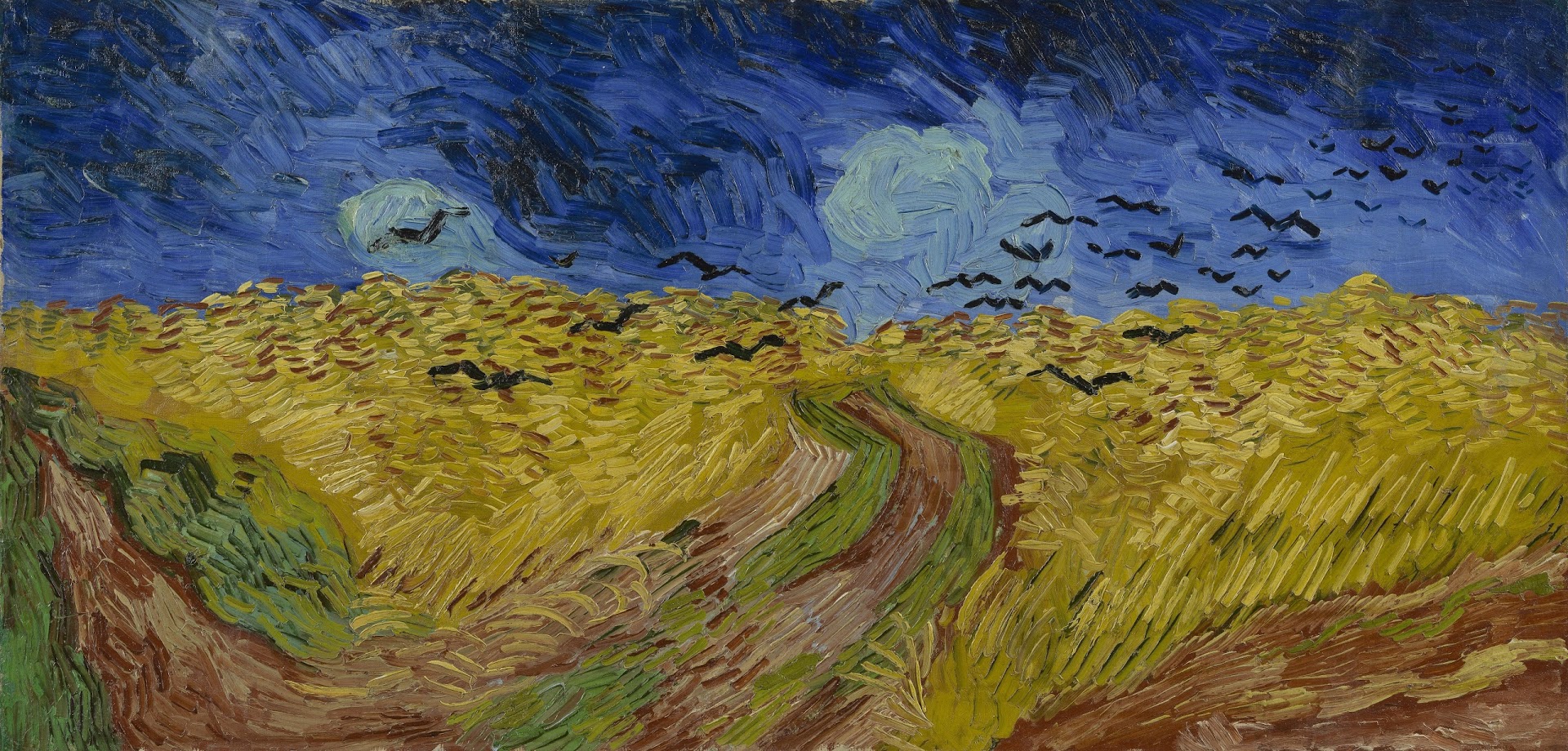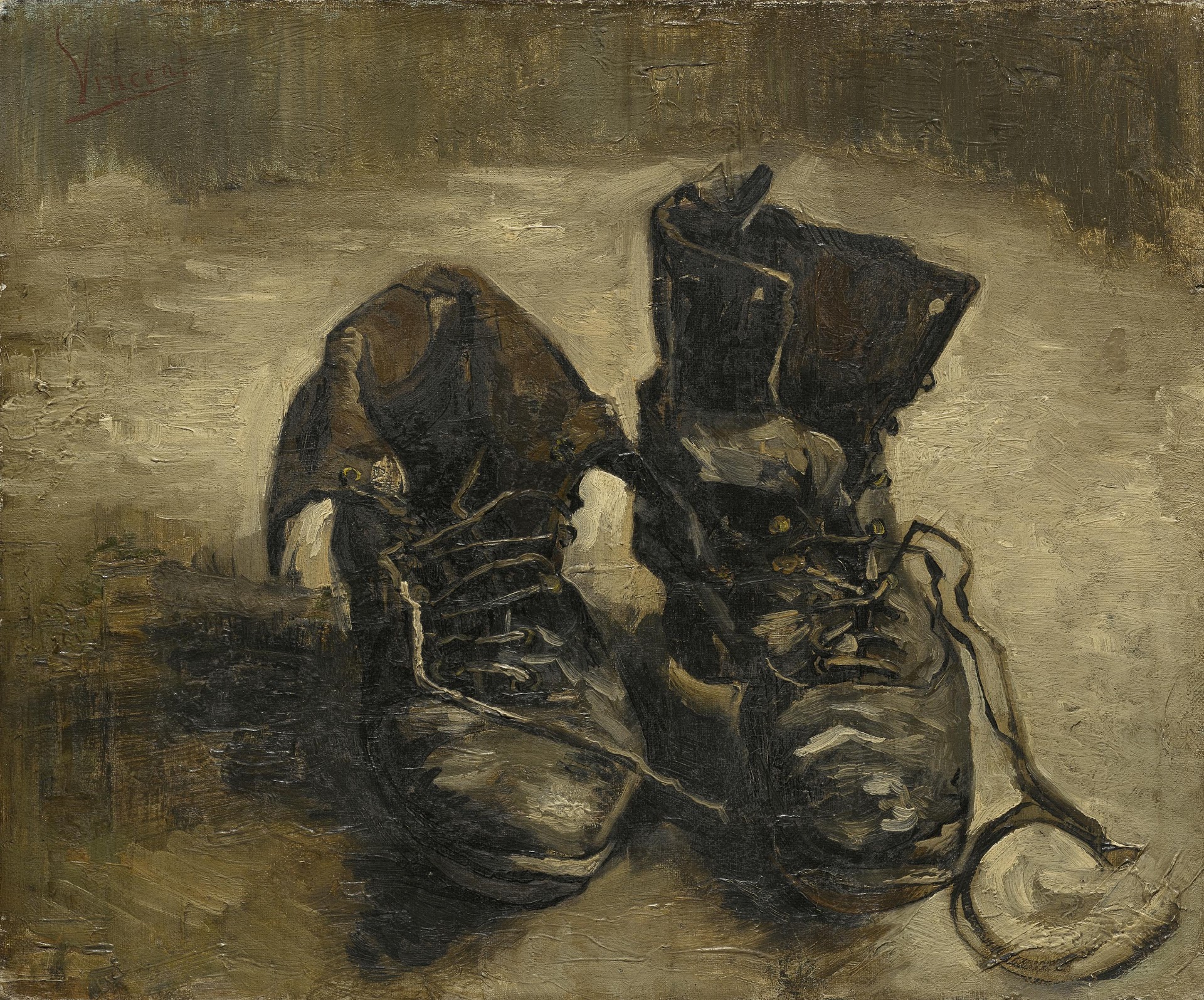Every year on this day, Frederick Douglass’s fiery, uncompromising 1852 speech, “The Meaning of July 4th for the Negro,” gets a new hearing, and takes on added resonance in the context of contemporary politics. It has never ceased to speak directly to those for whom the celebrations can seem like a hollow mockery of freedom and independence. The American holiday commemorates the adoption of the Declaration of Independence—next to the Constitution, the U.S.A.’s most cherished founding document, and a text, for all its rhetorical elegance, which cannot escape the irony that it was written by a slaveholder for an emerging slave nation.
Slavery had always been a contentious subject among the colonists. And yet the American Revolution was a war waged for the full freedom and enfranchisement of only a very few white men of property. Not only were black people excluded from the nation’s freedoms, but so too were conquered Native American nations, and in great part, poor white men and women who could not vote—though they were not chained in perpetual servitude as human chattel, with little hope of liberty for themselves or their descendants.
Douglass gave the speech in Rochester, NY, seventy-six years after the first July 4th and at a time when the country was riven with irreconcilable tensions between abolitionists, free-soilers, and the slaveholding South. The Compromise of 1850 and the Fugitive Slave Act—at least, in hindsight—made the impending Civil War all but inevitable. The speech reveals the celebration as a sham for those who were or had been enslaved, and who could not consider themselves American citizens regardless of their status (as Supreme Court Chief Justice Roger B. Taney would affirm five years later.)
Just above, you can hear a powerful reading of Douglass’s speech by James Earl Jones, delivered as part of Howard Zinn’s Voices of a People’s History of the United States. Read an excerpt of the speech below.
What, to the American slave, is your Fourth of July? I answer: a day that reveals to him, more than all other days of the year, the gross injustice and cruelty to which he is a constant victim. To him, your celebration is a sham; your boasted liberty, an unholy license; your national greatness, swelling vanity; your sounds of rejoicing are empty and heartless; your denunciation of tyrants, brass fronted impudence; your shouts of liberty and equality, hollow mockery; your prayers and hymns, your sermons and thanksgivings, with all your religious parade and solemnity, are, to Him, mere bombast, fraud, deception, impiety, and hypocrisy—a thin veil to cover up crimes that would disgrace a nation of savages. There is not a nation of the earth guilty of practices more shocking and bloody than are the people of these United States at this very hour.
Douglass’s speech condemned the “scorching irony” of American independence even after the Civil War, as racist terrorism and Jim Crow destroyed the promise of Reconstruction. In our present time, writes Pulitzer Prize-winning author and professor Isabel Wilkerson, amidst the rash of high profile police killings and an ensuing lack of justice, events “have forced us to confront our place in a country where we were enslaved for far longer than we have been free. Forced us to face the dispiriting erosion that we have witnessed in recent years—from the birther assaults on a sitting black president to the gutting of the Voting Rights Act that we had believed was carved in granite.” We might add to this list the resumption of the failed “War on Drugs” and the federal government’s announcements that it would do little to safeguard civil rights nor to investigate and prosecute the surge of white supremacist violence.
And yet the “self evident” mythology of American freedom and equality—and of American innocence—remains potent and seductive to many people in the country. As the conservative think tank American Enterprise Institute put it a few days ago, “The birth of the United States was unique because it was a nation founded not on blood or ethnicity, but on ideas.” To this ahistorical fiction, which manages to erase the founders’ own statements on race, the colonization of indigenous lands, and even the bloody Revolutionary War in its strangely desperate zeal to sweep the past away, Douglass would reply: “The feeling of the nation must be quickened; the conscience of the nation must be roused; the propriety of the nation must be startled; the hypocrisy of the nation must be exposed; and the crimes against God and man must be proclaimed and denounced.”
Note: This post originally appeared on our site in 2017.
If you would like to sign up for Open Culture’s free email newsletter, please find it here. Or follow our posts on Threads, Facebook, BlueSky or Mastodon.
If you would like to support the mission of Open Culture, consider making a donation to our site. It’s hard to rely 100% on ads, and your contributions will help us continue providing the best free cultural and educational materials to learners everywhere. You can contribute through PayPal, Patreon, and Venmo (@openculture). Thanks!
Related Content:
The Civil War & Reconstruction: A Free Course from Yale University
Visualizing Slavery: The Map Abraham Lincoln Spent Hours Studying During the Civil War
Josh Jones is a writer and musician based in Durham, NC. Follow him at @jdmagness












